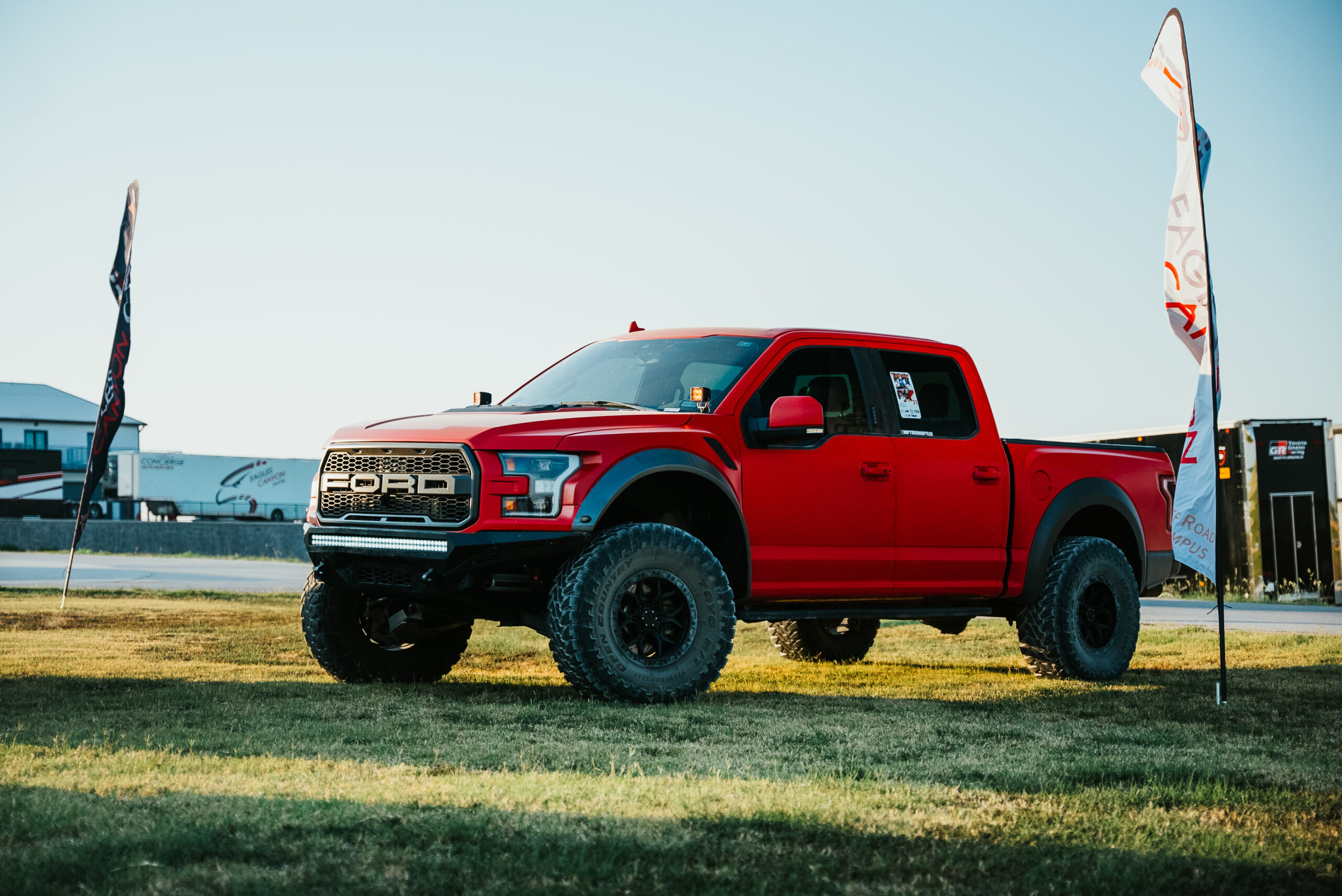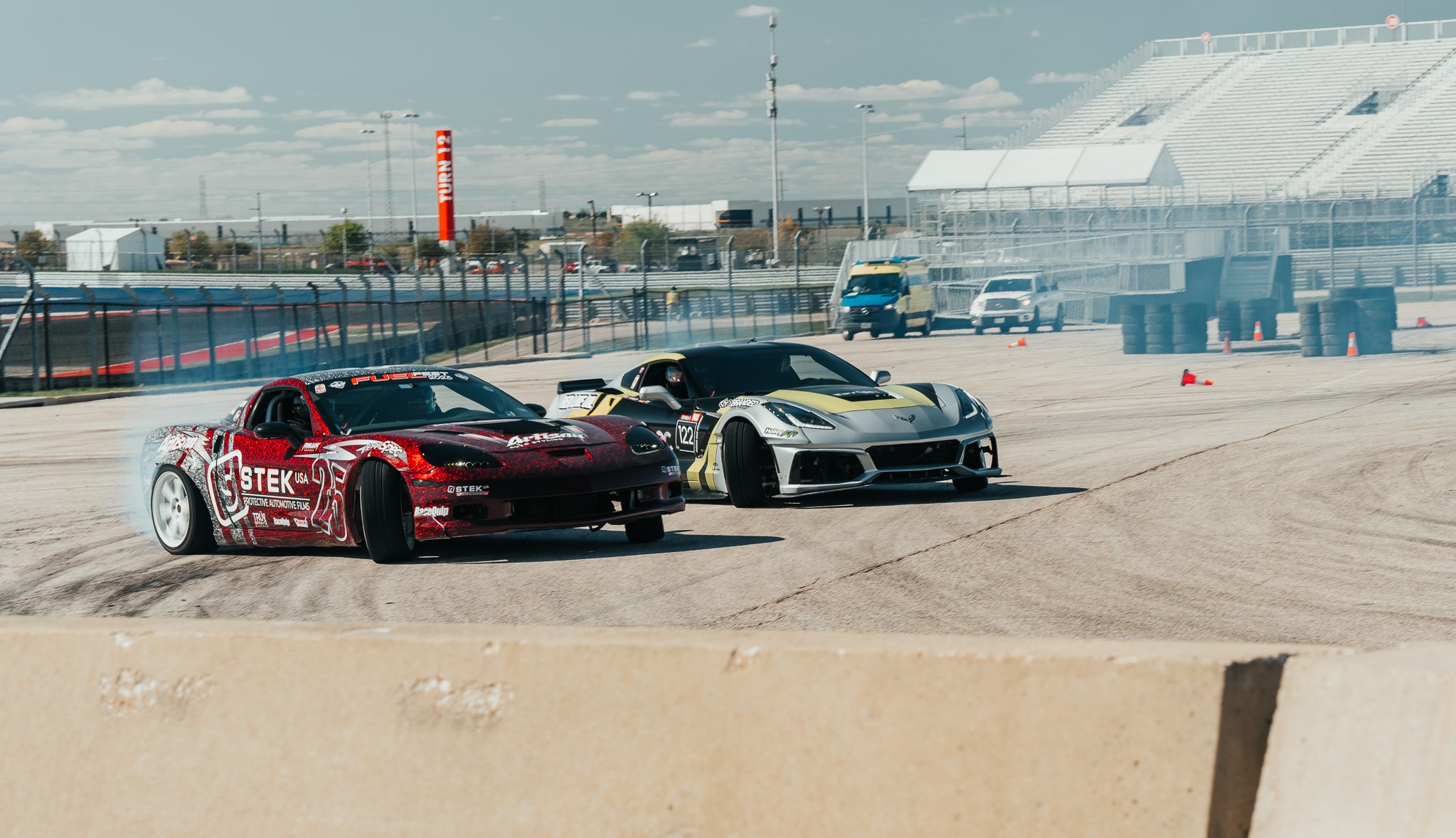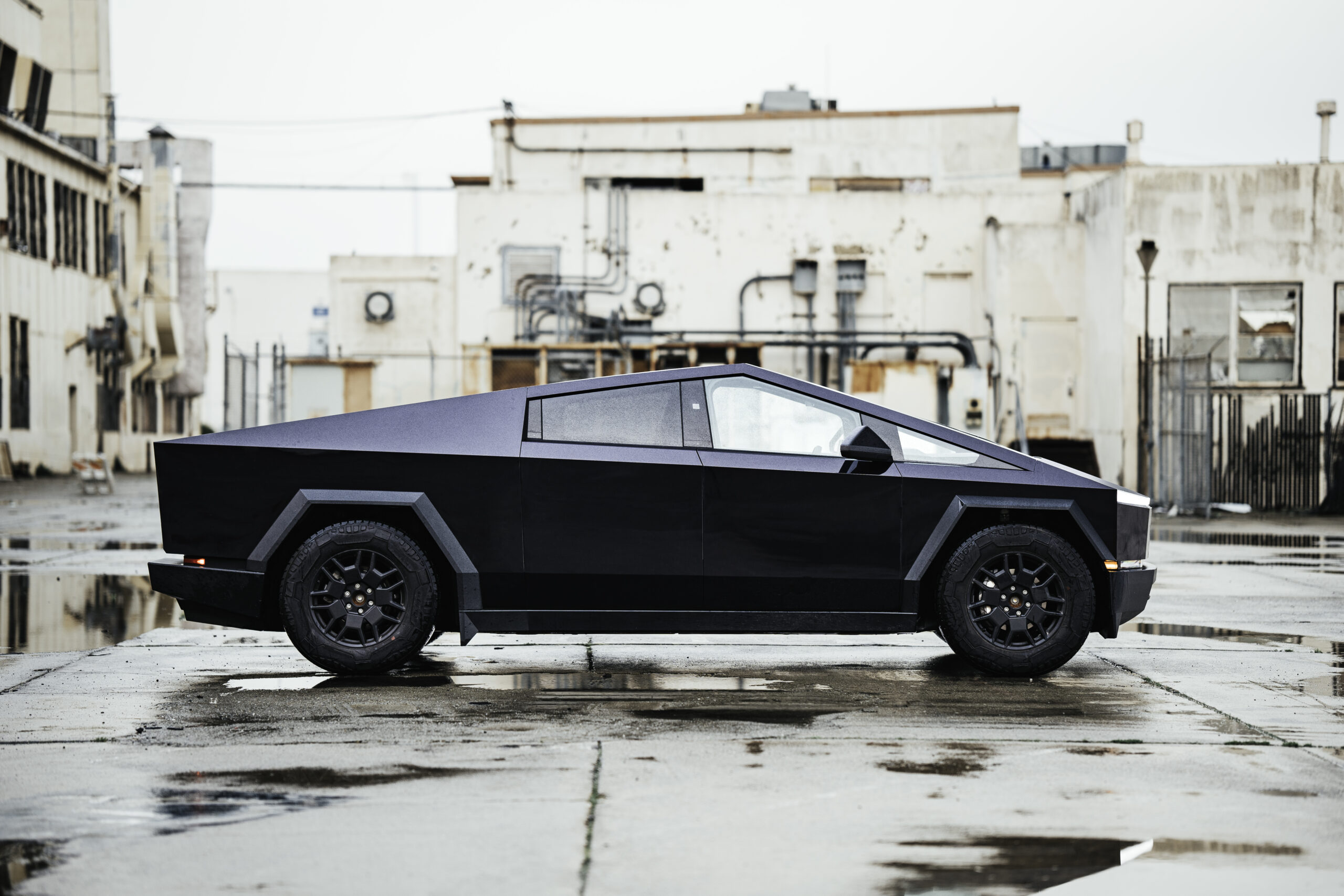Maybe you want the impact of rolling the window up and disappearing behind the dark glass. Or maybe it’s the more practical protection of your vehicle’s interior. Whatever the reason, you are ready to add window tint to your car.
But first you need to decipher the data that manufacturers present as objective facts, navigate the laws in your city and choose an installer. The decision of choosing the perfect tint isn’t an easy one. But we feel that we have some inside knowledge that we thought would be helpful for you to help make that choice as simple as possible.
Choose the right materials
Choosing a window tint involves many factors. Obviously how it looks with your car is crucial, but understanding how the manufacturer gets its window tint films to look how they do is equally important. Knowing the materials and manufacturing processes can help you choose the best film.
STEK uses high quality materials across its entire lineup of window tint films. Base materials such as a proprietary high-heat-resistant, optically clear and lightweight PET plastic and nanoparticles like graphene enable STEK to offer a superior performance across the full range of its window tint films.
Window tint films that use higher quality base materials don’t suffer from the common failures that have challenged installers throughout the years. For example, the PET that STEK uses is more scratch resistant, easier to shrink and more optically clear. The adhesive used is a high-molecule structure which allows for a long lasting bond compared to low-molecule structure adhesives. Lower quality tints can appear hazy, scratch easier and even delaminate.
It is also important to understand what manufacturers mean when they use “nano ceramic” or “nano carbon.” Nano ceramic is a ceramic layered film that incorporates other nano particles such as tungsten or antimony tin oxide to improve heat blocking performance. STEK offers two nano ceramic products: NEXseries and SMARTseries.
Nano carbon films use carbon instead of more exotic materials such as graphene or tungsten to offer heat resistance. Nano carbon films also generally have more neutral gray color tones than nano ceramic tints, but can be just as effective for your car’s aesthetics and UV protection. STEK offers one nano carbon product: ACTIONseries.
The base materials are part of the picture though. How they are put together is equally important. This can impact if the tint fades or changes color over time or if a film will be more prone to bubbling or other installation failures.


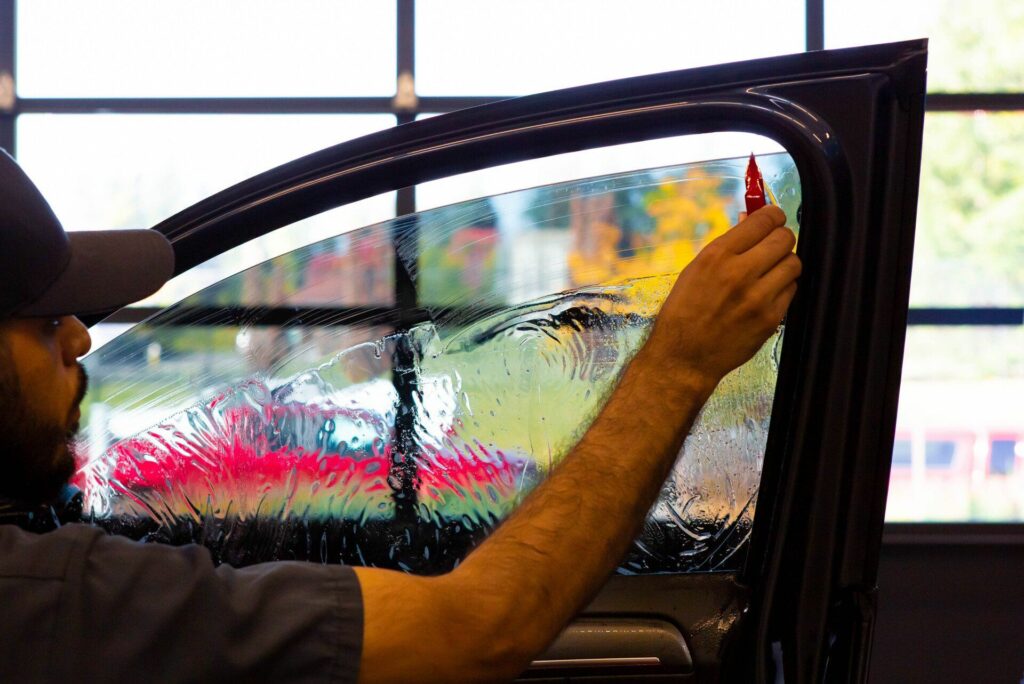

Choose the right performance
You’re going to see a lot of numbers, acronyms and alleged test results. The challenge you have as a consumer is learning what it all means and also learning how to tell who is telling the truth.
Several key performance metrics are fairly universal such as ultraviolet ray blocking. Many of the leading window tint films claim to block 99% of harmful UV rays, for example. STEK window tint films are recommended by the Skin Cancer Foundation, which means that a group of renowned experts has reviewed our UV blocking data and confirmed that STEK window tints meet the organization’s criteria for safe and effective sun protection when used as directed.
But other metrics such as Infrared Rejection (IR), Total Solar Energy Rejection (TSER), light dispersion and temperature impacts are not standardized and are harder to verify.
IR blocking figures vary wildly between manufacturers, largely due to the lack of accepted testing methods. IR is responsible for the heat we feel from the sun, but occurs at different wavelengths, which range from 780 nanometers to 2500+ nm. Most tests only look at 900-1000nm, so when you see IR% rejection, it’s looking at only a small part of the spectrum. Some manufacturers test between 780-2500nm to measure a wider part of the spectrum and more accurately reflects how we will feel while sitting in our vehicles. It is a good idea to know which IR range you’re looking at!
TSER is a factor that is used to determine the total amount of solar energy that is not able to pass through the film.
Breaking down the metrics doesn’t require a PhD, however. Generally speaking, most state laws merit up to a 50% tint, which means it will allow up to 50% of the visible light through. But check your local laws of what is permitted and examine the performance based on level of light blocking allowed.
Total Solar Energy Rejected up to 55%
55%
Infrared Rejection up to 57%
57%
UV Rejection 99%
99%
A quality tint like STEK ACTIONseries offers these performance metrics.
Choose the right look
The base materials and construction can impact the overall look of the window tint film as well. STEK uses nano ceramics and nano carbon materials that protect the color of the film so it won’t fade or change color like other inferior films, like those that are dyed, which have a tendency to fade over time.
Nano ceramic tints often have a blue, green, or sometimes brown hue because those are the color wavelengths they reject. Ceramic tints that are dyed will have other color tones added as dyes to make them more visually appealing. Nano carbon films naturally have a more gray tone, which allows for closely color matching factory smoked glass.
While you can choose tint purely for the appearance, it is important to remember the differences between nano carbon and nano ceramic. For those that are lucky enough to be in a state that sees year round sunshine, choosing a nano ceramic tint becomes more important because of its IR-blocking capabilities. Both nano carbon and nano ceramic tints can offer a high-quality, long-lasting look, but by understanding the performance differences, you can choose the best combination of look and performance.
The manufacturing and materials STEK uses also ensures that its films are more optically clear and have less low-angle haze. This ensures the line of sight through your windows is clearer and oncoming headlights won’t flare as much.

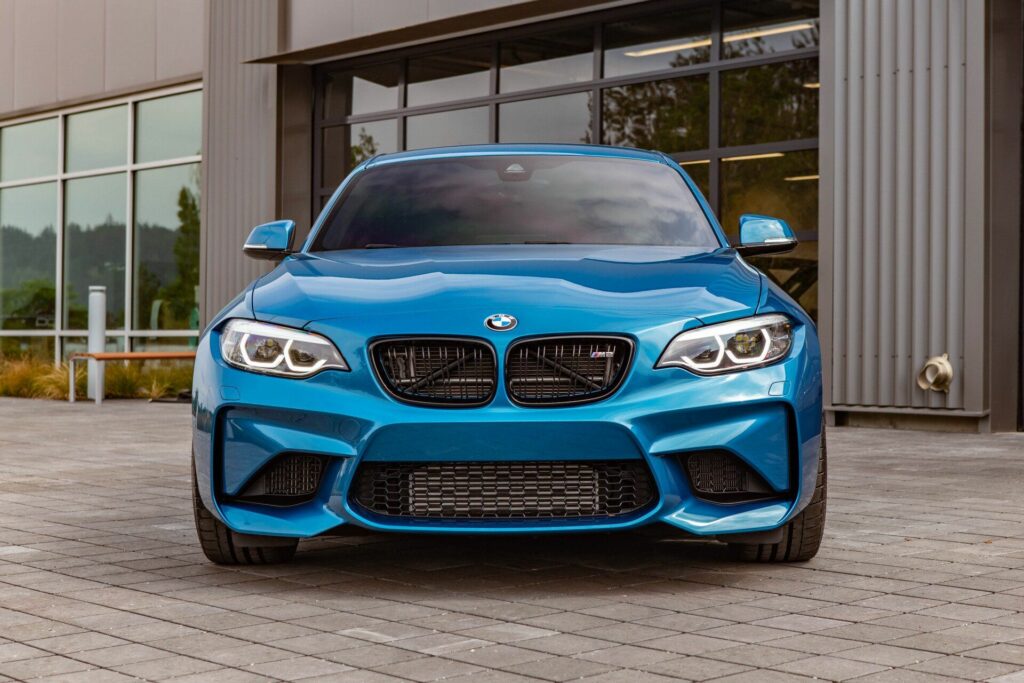
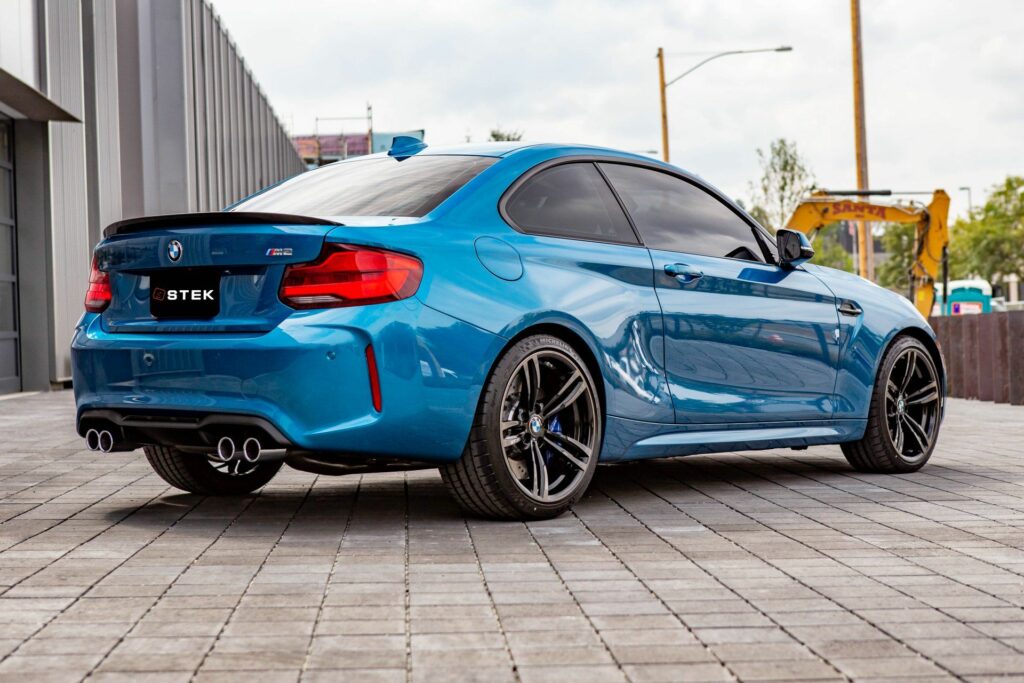
Choosing your tint is an important decision. While it won’t increase handling or add any extra horsepower, making sure you surround your car with a quality protective window film can keep the interior of your car looking fresh and passengers feeling cool for years to come. STEK believes in that and puts a limited lifetime warranty behind its products so you rest assured that your tint will perform as it should.
If you’re ready to make the choice, you can find an STEK certified installer here!
